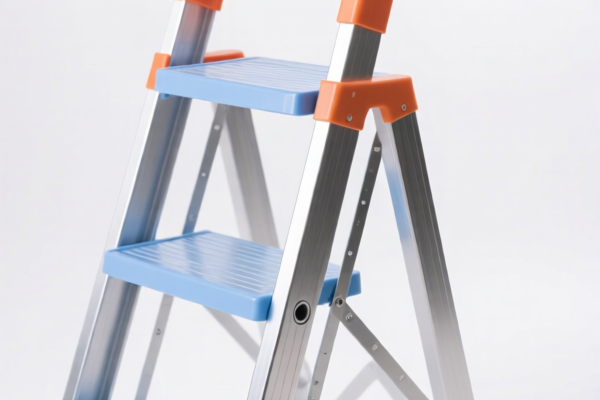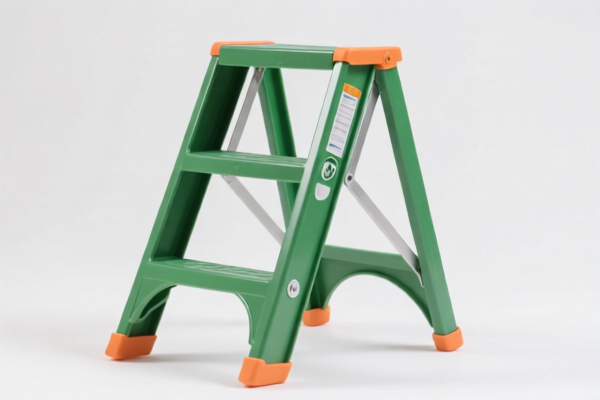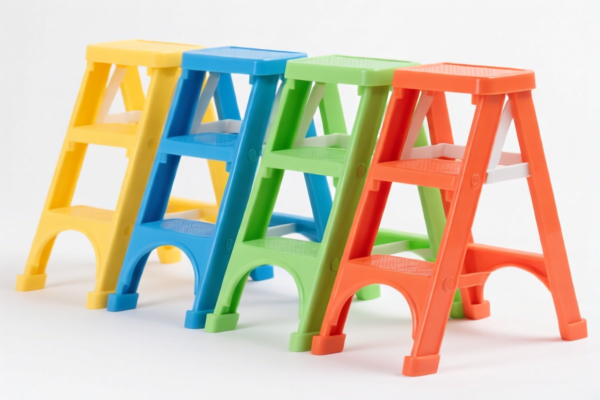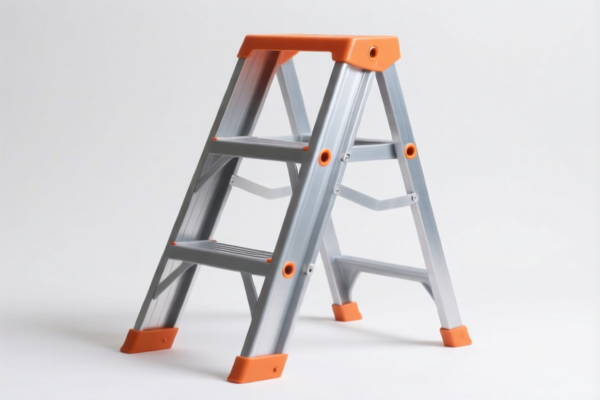| HS Code | Official Doc | Tariff Rate | Origin | Destination | Effective Date |
|---|---|---|---|---|---|
| 8424901000 | Doc | 40.4% | CN | US | 2025-05-12 |
| 9616100000 | Doc | 37.5% | CN | US | 2025-05-12 |
| 3926904000 | Doc | 32.8% | CN | US | 2025-05-12 |
| 3923500000 | Doc | 60.3% | CN | US | 2025-05-12 |
| 8207904500 | Doc | 34.8% | CN | US | 2025-05-12 |
| 8207906000 | Doc | 59.3% | CN | US | 2025-05-12 |
| 8206000000 | Doc | The rate of duty applicable to that article in the set subject t+30.0% | CN | US | 2025-05-12 |




Spray Tips
Spray tips, also known as nozzles, are components attached to spray guns used to atomize liquids into a fine mist or controlled stream. They are integral to a wide range of applications, from painting and coating to cleaning, lubrication, and agricultural spraying.
Material
Spray tips are manufactured from a variety of materials, selected based on the liquids they will handle and the desired durability and chemical resistance. Common materials include:
- Brass: A common, cost-effective choice for water-based paints, solvents, and general-purpose applications.
- Stainless Steel: Offers excellent corrosion resistance, suitable for use with aggressive chemicals, solvents, and higher pressure applications. 304 and 316 stainless steel are frequently used.
- Ceramic: Provides exceptional wear resistance and is ideal for abrasive materials or high-volume applications.
- Plastic (Polypropylene, Nylon): Lightweight and resistant to many chemicals; often used in low-pressure applications like garden sprayers.
- Tungsten Carbide: Used for extremely abrasive materials and high wear applications, offering the longest lifespan but at a higher cost.
Purpose & Function
The primary purpose of a spray tip is to control the pattern, volume, and atomization of a liquid stream.
- Pattern: Refers to the shape of the sprayed area (e.g., flat fan, cone, round).
- Volume: Determines the amount of liquid delivered per unit of time (flow rate). Measured in gallons per minute (GPM), liters per minute (LPM), or milliliters per minute (mL/min).
- Atomization: The process of breaking down the liquid into fine droplets. Finer atomization results in a more even coating, better penetration, and reduced material waste.
Spray tips achieve this control through internal designs – orifices, swirl chambers, and impact surfaces – that manipulate the liquid flow.
Usage Scenarios
Spray tips are utilized across numerous industries:
- Painting & Coating: Automotive, industrial, furniture, architectural.
- Agricultural Spraying: Pesticides, herbicides, fertilizers, irrigation.
- Cleaning: Industrial parts washing, surface preparation, sanitization.
- Lubrication: Applying oils, greases, and other lubricants.
- Automotive: Windshield washer nozzles, coolant spray.
- Horticulture: Misting systems for plants, greenhouses.
- Manufacturing: Cooling, quenching, coating processes.
Common Types
Spray tips are categorized based on their spray pattern and characteristics:
- Flat Fan: Produces a wide, flat spray pattern, ideal for covering large surfaces evenly. Commonly used in painting and coating applications. Angle variations (e.g., 15°, 25°, 40°, 65°) determine the width of the spray.
- Cone: Creates a circular spray pattern, suitable for covering irregular surfaces or creating a broad, diffused spray. Variations include:
- Hollow Cone: A cone with a void in the center, used for efficient coverage and reduced material waste.
- Full Cone: A solid cone pattern.
- Round (Solid Stream): Delivers a concentrated, circular stream of liquid. Used for focused cleaning or lubrication.
- Narrow Angle: Produces a highly focused, concentrated spray pattern.
- Wide Angle: Creates a broader, more diffused spray pattern.
- Air Atomizing: Uses compressed air to break the liquid into extremely fine droplets, resulting in superior atomization and finish quality. Often used in automotive painting and high-end coating applications.
- Electrostatic: Charges the liquid droplets to improve wrap-around and reduce overspray.
- Adjustable: Allows the user to modify the spray pattern, volume, or pressure to suit different applications.
The selection of the appropriate spray tip depends on factors such as the liquid being sprayed, the surface being coated, the desired finish quality, and the spray equipment being used.
Spray tips, based on the provided information, can be classified under several HS codes, depending on their specific characteristics and application.
-
8424901000: This HS code covers “Parts: Of simple piston pump sprays and powder bellows”. This is applicable if the spray tips are components of simple piston pump sprays. The total tax rate is 40.4%, comprised of a 2.9% base tariff, a 7.5% additional tariff, and a 30.0% additional tariff effective April 2, 2025.
-
9616100000: This HS code covers “Scent sprayers and similar toilet sprayers, and mounts and heads therefor; powder puffs and pads for the application of cosmetics or toilet preparations: Scent sprayers and similar toilet sprayers, and mounts and heads therefor”. If the spray tips are part of scent or toilet sprayers, this code applies. The total tax rate is 37.5%, consisting of a 0.0% base tariff, a 7.5% additional tariff, and a 30.0% additional tariff effective April 2, 2025.
-
3923500000: This HS code covers “Articles for the conveyance or packing of goods, of plastics; stoppers, lids, caps and other closures: Stoppers, lids, caps and other closures”. If the spray tips are plastic closures for containers used in conveyance or packing, this code is relevant. The total tax rate is 60.3%, comprised of a 5.3% base tariff, a 25.0% additional tariff, and a 30.0% additional tariff effective April 2, 2025.
It is important to note that the applicable HS code depends on the specific material, function, and application of the spray tips.
Regarding HS code 3923500000, please note the need to verify the material as plastic and the potential requirements for documentation related to the article's use in conveyance or packing.
Customer Reviews
No reviews yet.